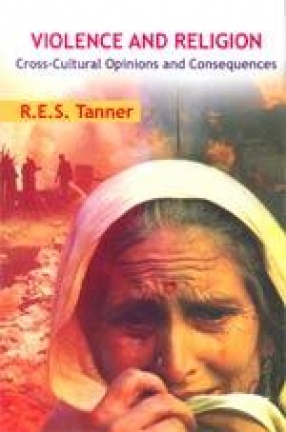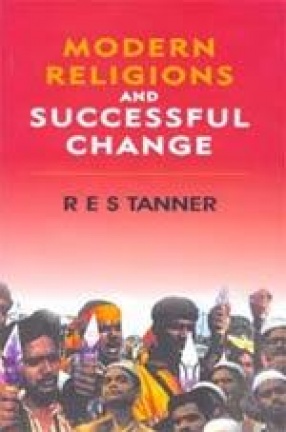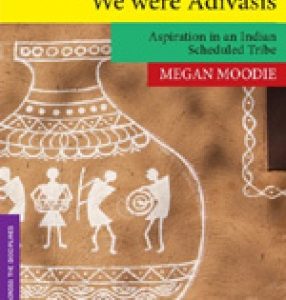Violence for or against those who hold a religious belief has been common enough historically but has now become commoner in Africa, Asia and Europe. The majority of this Violence has been Christian with Islam less prominent but now this preponderance is seemingly reversed. Buddhism, Hinduism and Taism have been much less violent. These is always the difficulty that religion cannot be defined and religious behaviour is never isolatable from economic, social and political factors as well as psychological and ethological aspects combined with genetic issues. There is the violence done by spreading of the disease by pilgrims and by the spreading of disease by pilgrims and by the inbreeding of exclusive religious communities. The study examines violence and religion in a wider perspective than the occasions highlighted by the mass media. There is more to religious violence than killing, physical mutilation as a religious requirement, the compulsions and anxieties required by religious conformity, the domination of male interest as well as the destruction and exclusive use of materials. There is also the prevention and reduction of violence by religious people and institutions, the support of the sick, refugees, orphans and handicapped people and the protection of animals, as well as the creation of nature reserves round religious sites and as an aftermath of inter-religious fighting the reduction of population pressure on men and animals. Violence and religion combines overt regret and covert usefulness.
Violence and Religion: Cross-Cultural Opinions and Consequences
In stock
Free & Quick Delivery Worldwide
reviews
Bibliographic information
Title
Violence and Religion: Cross-Cultural Opinions and Consequences
Author
Edition
1st ed.
Publisher
ISBN
8180693767
Length
xiv+370p., Bibliography; Index; 23cm.
Subjects











There are no reviews yet.